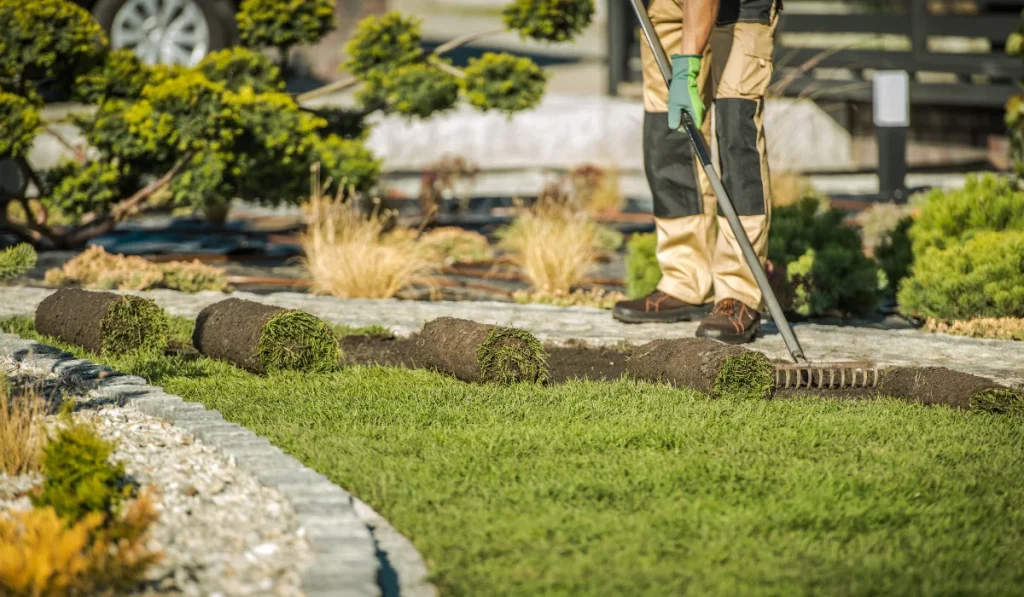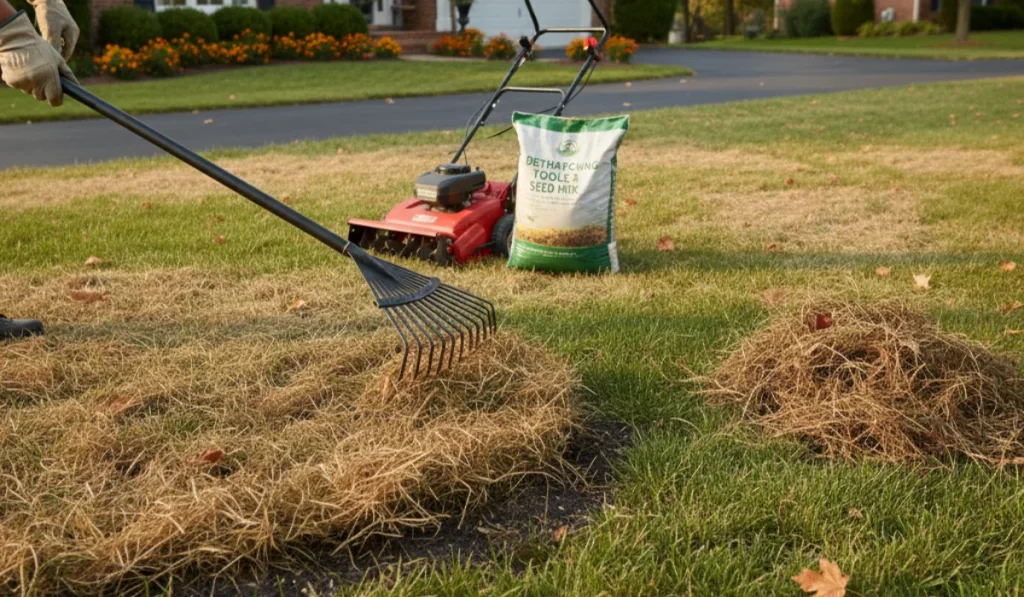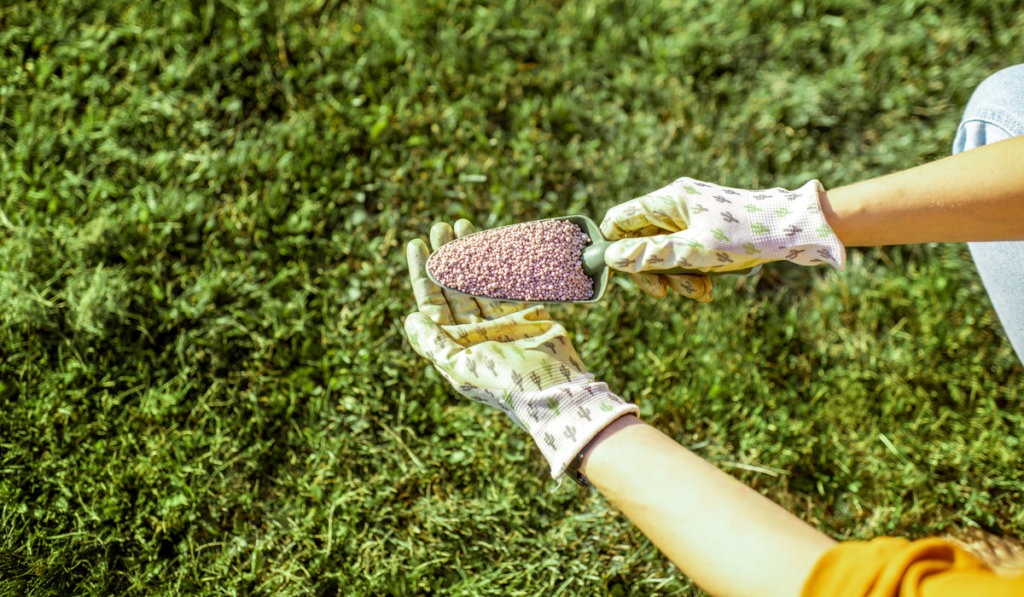Ever wondered how to get rid of cutworms in California? These pesky pests can destroy your garden, leaving you frustrated and damaging your plants.
Effective methods, such as applying diatomaceous earth and using barrier techniques around plants, can help. Keep reading to discover other strategies for getting rid of them.
Key Takeaways
- Turning the soil and using diatomaceous earth are safe ways to get rid of cutworms without harming the environment.
- Watering your lawn in the morning and using cardboard collars around plants can protect plants and lower the number of pests.
- Insecticides and changing where you plant crops each season can stop serious cutworm problems.
1. Keep Soil Turned
Regularly turning the soil can disrupt cutworm pupae and eggs. Tilling exposes the pests to the elements and predators. This practice also aerates the lawn, making it harder for cutworms to overwinter and lay eggs.
Aim for shallow tilling to avoid disturbing beneficial soil organisms while keeping the cutworms at bay.
2. Apply Diatomaceous Earth to Affected Areas
Diatomaceous earth is a natural powder made from fossilized aquatic organisms. It is sharp on a microscopic level, making it lethal to different cutworm species. Sprinkle diatomaceous earth around the base of plants and on the soil surface where cutworm damage has been observed.
Reapply after rain or watering to maintain its effectiveness. While safe for plants and humans, wearing a mask when applying helps avoid inhaling the dust. This method is particularly effective against emerging cutworm larvae during early spring.
3. Water Your Lawn in the Morning
Regularly watering in the morning may lessen the risk of lawn diseases. It also creates a less favorable environment for cutworms. Moisture encourages the worms to stay near the soil surface, making them more vulnerable to predators.
4. Use Cardboard Collars to Protect Seedlings
Cardboard collars may be a physical barrier, protecting young seedlings from cutworm larvae. You can make these collars from toilet paper rolls or sections of cardboard and push them into the soil around the base of infested plants.
The plant collars should extend about an inch above and below the soil level. To help maintain moisture, you can also add a layer of mulch around the collars. For more durability, aluminum foil can also be used.
5. Avoid Over-Fertilizing Your Lawn
Using too much fertilizer can make your lawn more attractive to cutworms. Balanced fertilization helps keep plant growth manageable. So, it does not attract cutworms looking for lush, new growth.
Over-fertilizing also weakens plant stems. This makes it easier for cutworms, grubs, slugs, and armyworms to cause damage.
6. Keep Your Lawn Mowed and Remove Debris
Cutworm larvae often hide in tall grass, leaf litter, and other garden debris. By keeping your lawn mowed and removing plant litter regularly, you can reduce their hiding spots.
This also helps to prevent the caterpillars from migrating from weedy areas into your garden. Regular mowing and debris removal should be part of your maintenance.
7. Apply Insecticide for Cutworms Safely
Insecticides can be an effective tool for pest management against severe cutworm infestations but should be used sparingly to minimize risks to beneficial insects and plants. Products containing the active ingredient carbaryl target species like black cutworms.
Follow the instructions on the pesticide label carefully to reduce risks to beneficial insects and plants. Early application in the growing season can prevent cutworm larvae from becoming adult moths.
8. Practice Crop Rotation in Gardens
Crop rotation disrupts the life cycle of cutworms by depriving them of a consistent host. Without access to their preferred vegetable plants, they struggle to find suitable plants to lay eggs. This method also promotes soil health and reduces the buildup of pests and diseases.



